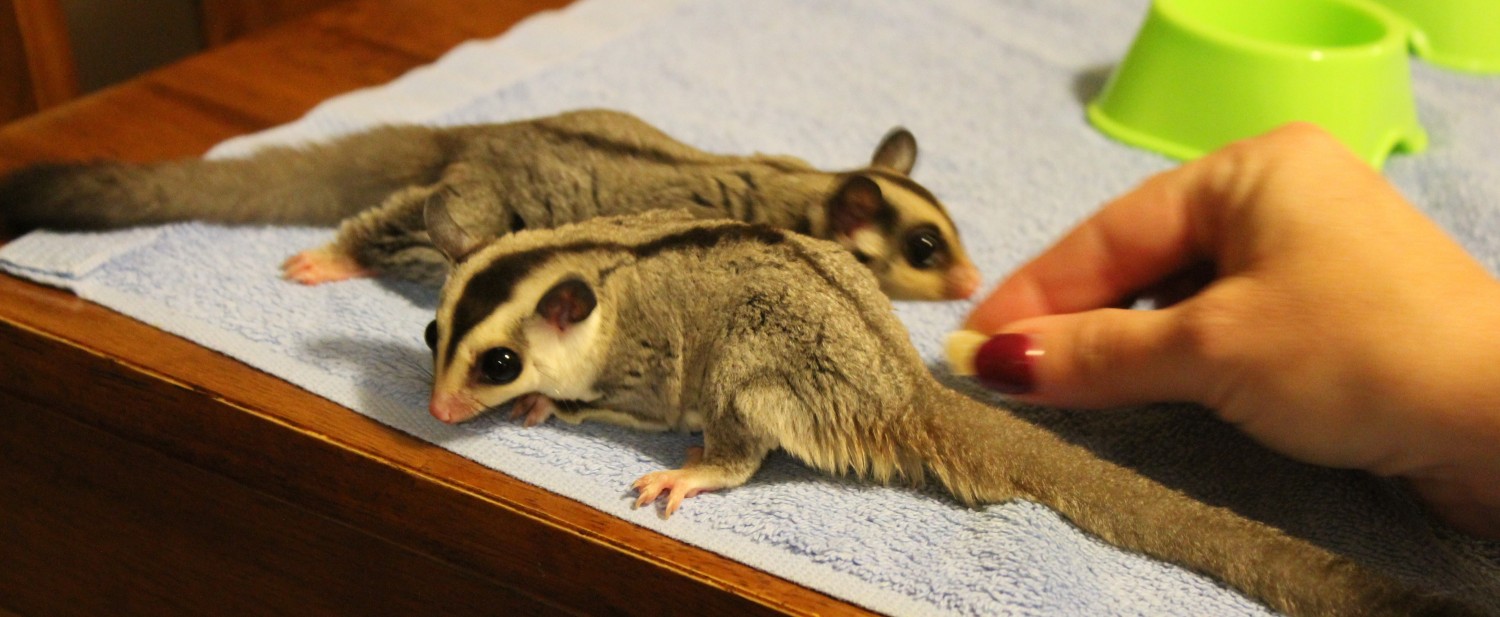
Yet according to long-term surveys conducted by ANU Professor David Lindenmayer, Australia's foremost greater glider expert, southern populations had already plummeted by 80% in some areas before the bushfires. "We already had the new species data before last summer's bushfires, so when the entire southern greater glider habitat was on fire, we were just petrified because we knew the species didn't exist anywhere else," she said. While understanding the ecology of a species is important for the development of conservation management, said Youngentob, who co-authored the study, dividing the greater glider into three species means there are fewer of them left to protect. Little is known about the central species ( Petauroides armillatus) and the northern species ( Perauroides minor whose territory is thought to extend to just north of Cairns), with the thrill of the discovery tempered by its implications for conserving the species. "So, I thought I'd better take some samples from where they thought the third species lived, and sure enough we came back with three species." "By then another group – Jackson and Groves – had published a book about gliding mammals in which they proposed that there were three separate species," said McGregor. But that wasn’t the only discovery she’d make.


James Cook University researcher Denise McGregor, who led the study published in November 2020, tested this theory as part of her PhD, with genetic material taken from greater gliders in northern Queensland (which grow to the size of a small ringtail possum) proving that it was a different species to the cat-sized southern species found south of the Tropic of Capricorn (which the scientific name name, Petauroids volans, now refers to. The size variations were noted when greater gliders were first described to science in the 1800s (by Scottish scientific writer Robert Kerr in a 1792 paper building on the work of Swedish botanist and "father of modern taxonomy" Carl von Linné), but it was assumed the specimens were one species ( Petauroides volans) that grew bigger at lower latitudes to conserve heat, a theory known as Bergmann's rule.

Previously thought to range from the steamy tropical rainforests of Far North Queensland down to the cool, wet forests of Victoria's Central Highlands, a territory spanning some 3,000km, the greater glider was recently proven to be three distinct species, with the nocturnal marsupials getting smaller the further north they live. Similar to the comic book heroine, the species can also glide long distances – up to 100m between the treetops, where it dens in tree hollows that can take more than a century to form. "When they jump, they put their little arms out in front of them like Wonder Woman," said Youngentob. This allows them to perform more controlled glides and gives them something of a superhero quality in flight. But it is also unique from its relatives in that it dines exclusively on eucalyptus leaves (like koalas) and has gliding membranes that run only from its elbows to its ankles (unlike its cousins, which have membranes stretching to their forepaws). The greater glider is the only member of the ringtail possum family that doesn't have a grippy prehensile tail. "Most people are more familiar with sugar gliders – think of the greater glider as their bigger, lazier, fluffier cousin." "They're like living Muppets," Australian National University (ANU) ecologist Dr Kara Youngentob told me via Zoom.


 0 kommentar(er)
0 kommentar(er)
